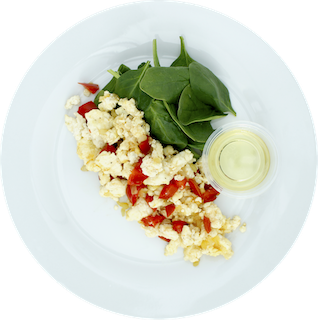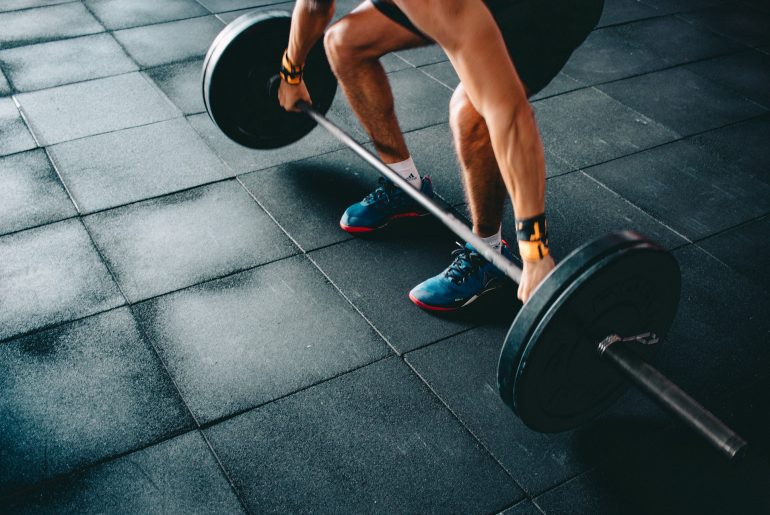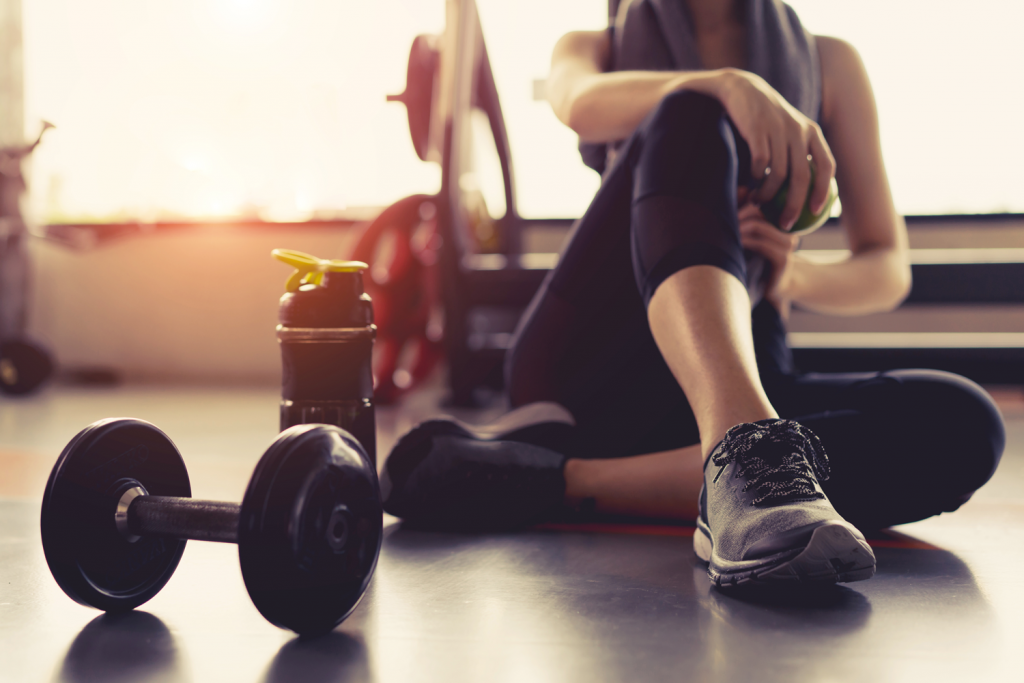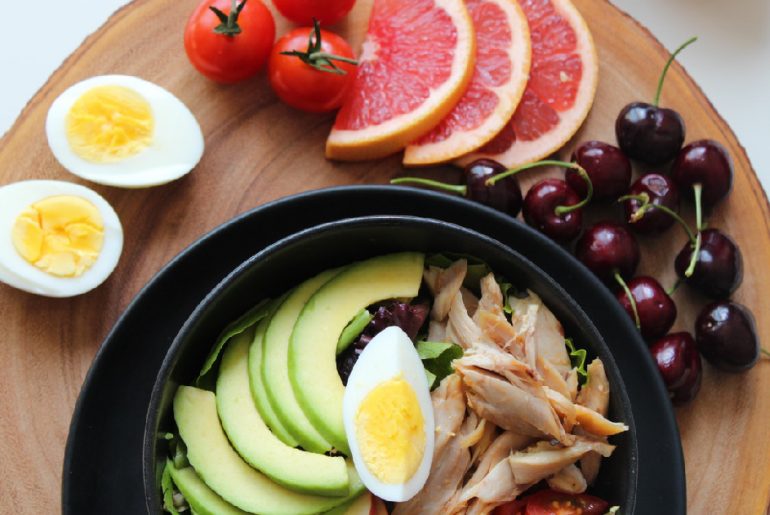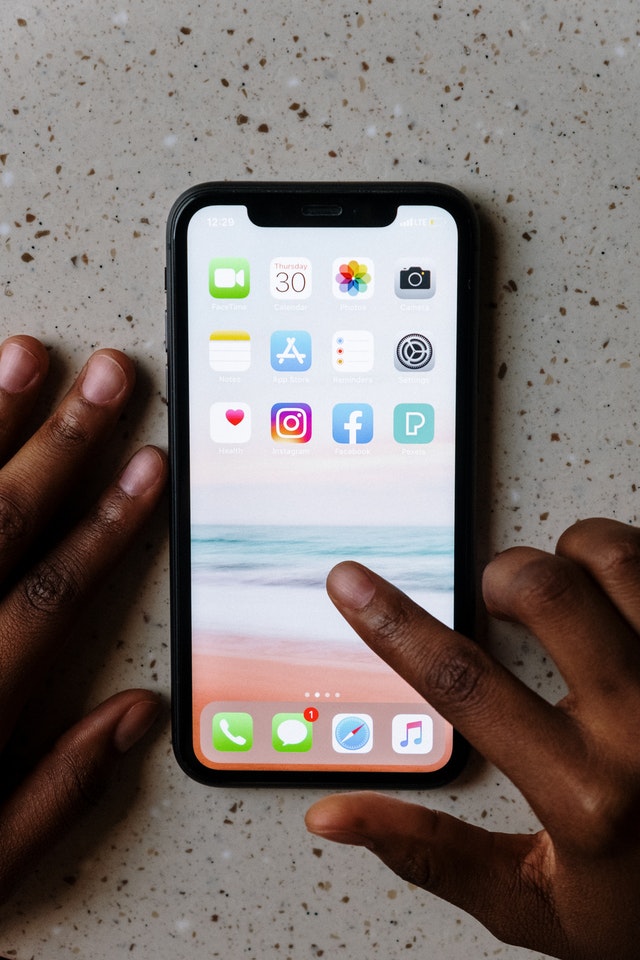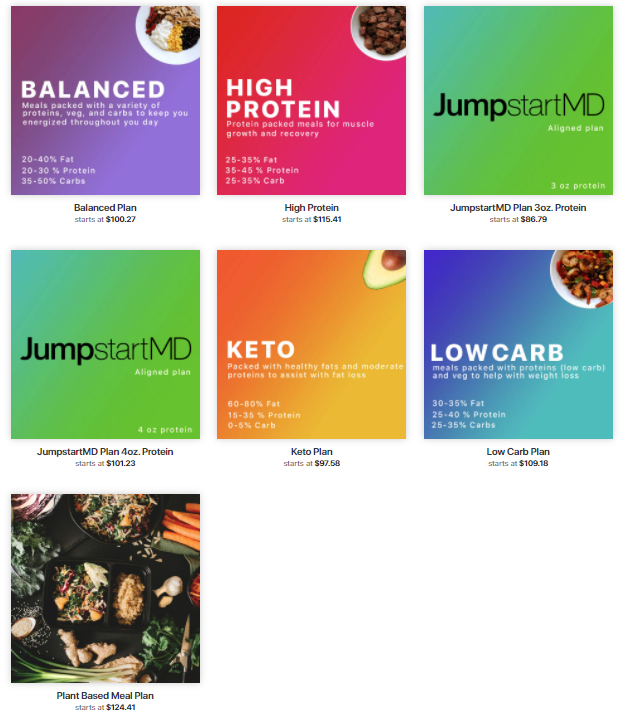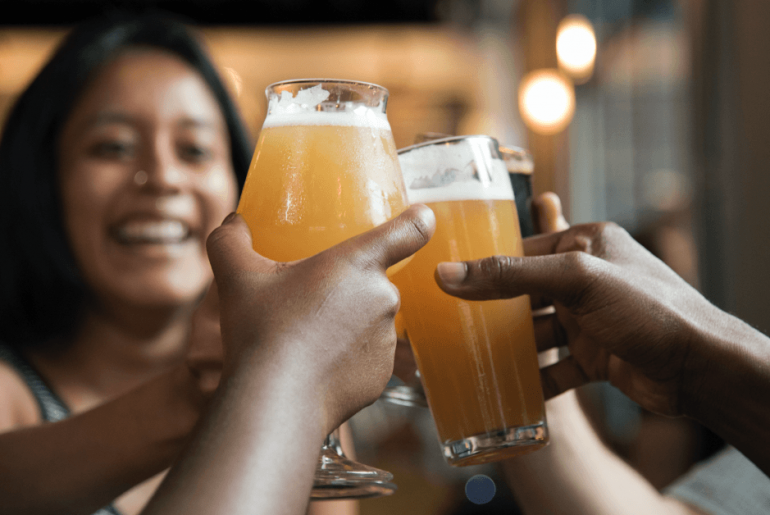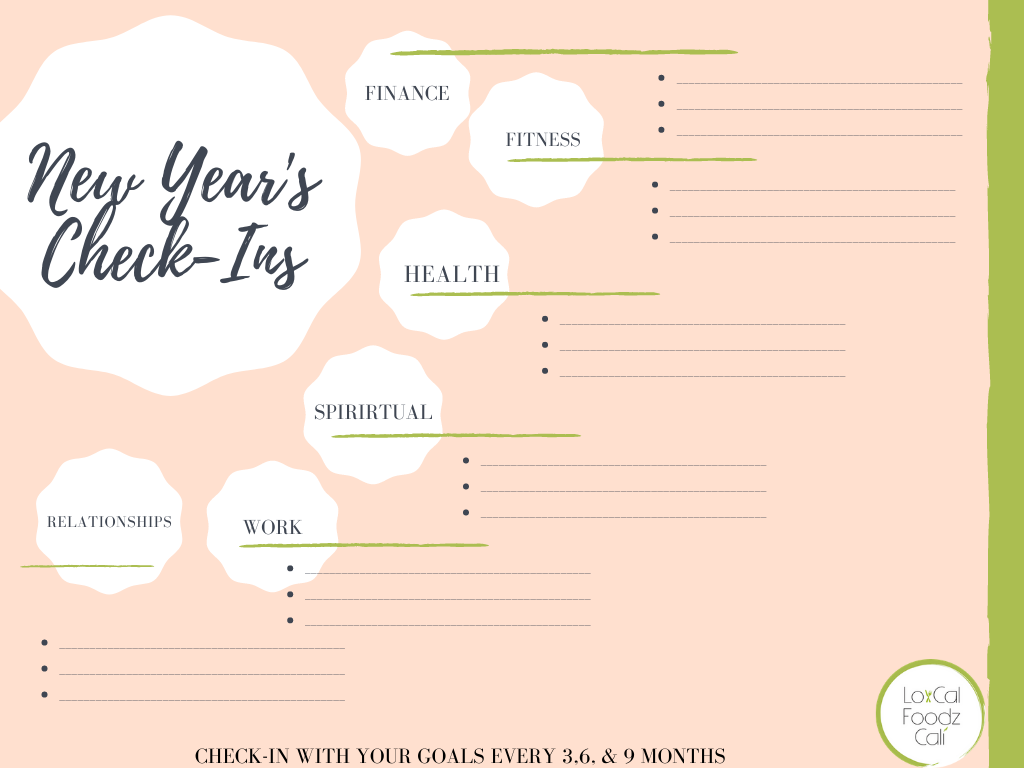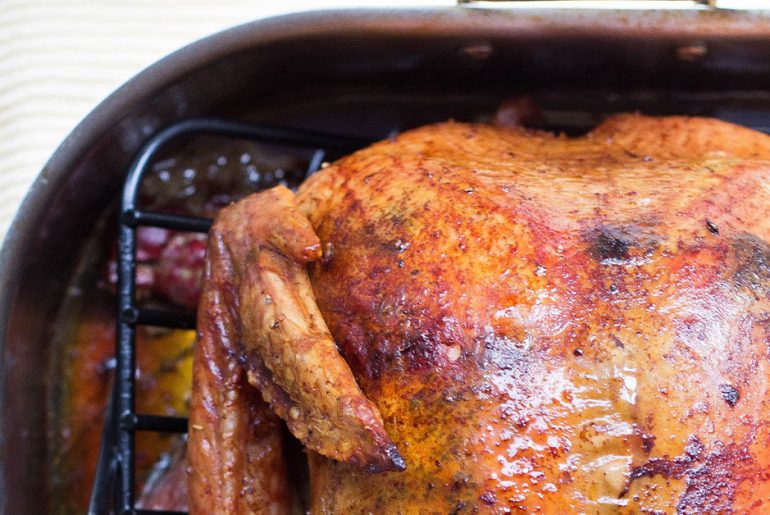Many of us have been there before— trying out another fad diet, feeling restricted and unsatisfied, and finally giving up and feeling guilty, only to start the cycle over again. Nutrition is one of the most important aspects of health. We need to fuel our bodies to function our best, but dieting doesn’t always leave us feeling that way. Intuitive eating teaches us to let go of restrictions and rules and listen to what our bodies and minds need. It helps us build a healthy and positive relationship with food and our bodies. Gentle nutrition is the final step in intuitive eating. It focuses on taking care of our bodies and minds and feeling satisfied while eating a balanced diet that gives us all the nutrition we need.
Nutrition should be a lifelong commitment, not a fad. To build these lifestyle changes, they need to be not only healthy but also sustainable. The fact is food is meant to be enjoyed and is not just there for survival. We need a balance. So, how can we be sure we’re supplying our bodies proper nutrients in adequate amounts without counting, measuring, or obsessing? Cue gentle nutrition. Here are some ways to better understand gentle nutrition and how to get started.
Understand Your Food
Before we can eat intuitively and make healthy dietary choices without needing to read labels, we need to have at least a basic understanding of our food choices. For example, whole grains are excellent sources of complex carbohydrates, while white bread is a simple carbohydrate that is not as rich in fiber and micronutrients. Take note of some healthy sources of fats and good protein sources, understand antioxidants, and so on. Learn about fiber and probiotics. You don’t need to get into the details, but you should have a general idea of what different categories of foods have to offer. Once you understand that, it’s easier to eat a balanced diet without paying attention to the nutrition label. Try our Balanced Meal Plan to make meals easier for you. We do the macro calculations, and you sit back and enjoy your food!
Take Note of How Foods Make You Feel

With intuitive eating, we try to let go of the idea that there are good and bad foods. As soon as you set limits on yourself, labeling foods as “bad” or off-limits, you start to feel restricted and fall into the pattern of dieting. Take notes of how you feel after eating your meals. It helps to write it down— what did you eat, and how did you feel afterward? You can use a food diary. This makes it easy to identify whether certain foods make you feel bad or good afterward. Everybody is different, and that is why no one diet works for everyone. You might have some intolerances or allergies that make you bloated or sick. Some foods might make you feel sluggish and heavy, while others give you energy and make you feel good. Write it all down until you notice patterns. That way, you’re not eliminating or restricting foods because someone told you to, but because you know they don’t make you feel good, and you don’t want them. You may still choose to treat yourself, and that’s fine! The reasons behind your food choices should always be positive and come from a place of self-care. You can still avoid certain foods or choose to eat plant-based, keto, or sugar-free, but your “why” is what makes the difference between dieting and gentle nutrition.
Differentiate Between Being Full and Satisfied
A big part of intuitive eating is tuning into your hunger cues and honoring them. If you’re hungry, eat. However, sometimes we eat a full meal, and while we no longer feel the physical hunger, we still aren’t satisfied. Intuitive eating focuses on both feelings because we don’t eat to simply be full— we also eat for enjoyment.Honor your cravings and eat in a way that leaves you satisfied both physically and mentally. When we don’t honor cravings, feelings of restriction start to pour in, and we don’t want that. If you eat a bowl of veggies but feel unhappy and want some pasta, then go for it! Pay attention to your food, try not to multitask while eating, and truly enjoy the experience of mealtime. This will also tremendously help with understanding and listening to your body and what it needs.
Zoom Out
Stop stressing about each meal and trying to balance out every plate with enough carbohydrates, proteins, and healthy fats. Look at the bigger picture. You can reflect on your food choices at the end of the day— did I eat a balanced diet today? Put all the meals together. Maybe your breakfast was primarily carbohydrates, but your dinner had lots of protein and veggies. As long as you feel good, that’s what matters. You may even wish to assess weeks at a time so that it feels less intimidating. Nobody’s perfect and intuitive eating embraces that. The goal of gentle nutrition is to eat a balanced diet overall, which means you don’t need to stress over each thing you eat but rather look at the big picture.
Prepare and Plan

Although intuitive eating focuses on listening to your body, sometimes the easiest way to start with any lifestyle change is to plan and prepare. Have a rough idea of what meals you’d like to eat throughout the week or month, or at least what ingredients you want to have in your kitchen. Not only will this help you stay organized and save you time, but it will also help you plan balanced meals. When you go to the grocery store, try to cover all your bases— fruits, veggies, carbohydrates, protein, and healthy fats. That way, you have everything you need to make your nutritious meals. If you don’t have enough ingredients, eating intuitively while balancing meals can be tricky and intimidating.
Try New Things
The easiest way to eat a balanced diet and ensure you’re getting all the nutrients you need is to diversify your grocery list. Every week, or however often you go grocery shopping, pick out a fruit or vegetable that you haven’t had in a while (or maybe ever). Not only will this allow you to get creative in the kitchen, but eating a variety of produce helps you get all the different vitamins and minerals that you need. Try to pick a variety of colors when you choose fruits and veggies, as the colors often correlate with different antioxidants and micronutrients. Eating the rainbow will brighten up your plate and is a fun way to ensure you’re getting a broad list of micronutrients. Aim for at least three colors on your plate. Try to incorporate different sources of protein, as well. Instead of having chicken every night, get creative and make a plant-based dinner with tofu or chickpeas. Our Plant-Based Meals can inspire you to try some new foods you may not have had before.
Cook At Home More

While we don’t want to restrict anything, it’s a known fact that homemade meals are generally healthier than eating out constantly. You shouldn’t be afraid to eat at a restaurant with friends, but you should get to know your kitchen well. When time and your schedule allows, cooking can help build a healthy relationship with food because you can put love, time, and creativity into everything you eat. The why of intuitive eating and gentle nutrition is the most important part— if you’re doing something to care for your body and mental health versus having the mentality of restricting and guilt, then you’re on the right track.
Add to Your Favorite Meals
Instead of restricting, switch your mindset to adding. What can I add to this meal to make it even more nutritious while still tasting delicious? If you don’t like the taste of your new dish, feel free to stick to the original. Remember, it’s all about balance. One chocolate ice cream dessert won’t change anything, but if you can make it with bananas or avocado instead of heavy cream and still love the taste— why not? Get adventurous and find your love for cooking and improvising in the kitchen. Add some green peas to your mac and cheese, blend some spinach into your morning smoothies, or add some nuts and seeds to your muffins for some added omega-3 fats and protein.
Be Easy on Yourself

Remember that eating intuitively should make you feel good and improve your relationship with food. The principle itself is called “gentle” nutrition. You shouldn’t feel guilty for eating that piece of chocolate cake, eating white bread instead of whole wheat, or not having any protein in your dinner. The point of gentle nutrition is to guide you to a balanced diet and to help you let go of any negative feelings towards food. This is the final step in intuitive eating for a reason— if you’re stuck in a “diet” mentality and haven’t fully fixed any negative relationship with food you may have, focusing on nutrition can be a step backward.
Sources:
https://colleenchristensennutrition.com/getting-started-with-gentle-nutrition/
https://karalydon.com/intuitive-eating/practice-gentle-nutrition-intuitive-eating/
https://nourishrx.com/6-strategies-for-embracing-gentle-nutrition/
https://www.rachaelhartleynutrition.com/blog/how-to-practice-gentle-nutrition-in-intuitive-eating




